Most Wanted 2020 page 5


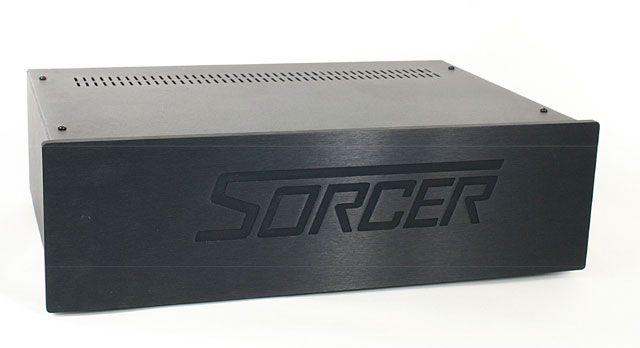
ADD-POWR Sorcer X4 ($3,9995.00 reviewed here): I was so taken with the benefit experienced with the ADD-Powr Sorcer x4, one is now permanently residing in my rack. With the Sorcer X4 in the mix, everything has greater body, a richer presence, and extended depth and width and, because the Sorcer x4 plugs into the wall, not the system into it, its effect reaches farther than just your rig… it has also improved our tv picture quality. (Greg Voth)

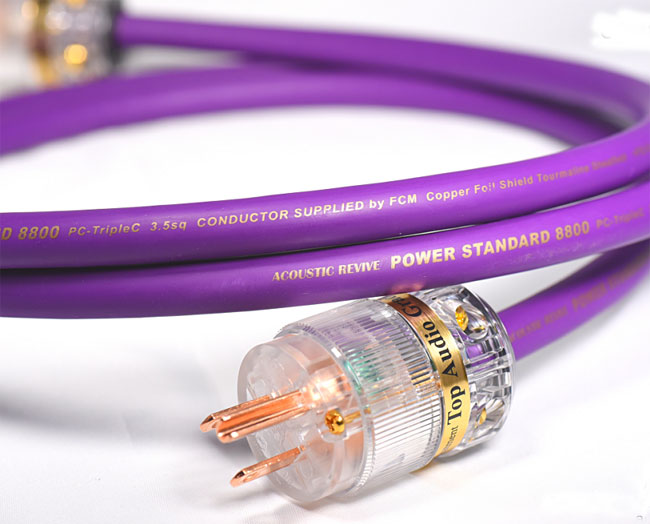
Acoustic Revive Power Standard Triple C 8800 ($240 2m) and Power Sensual Triple C 18000 DIY AC Cables ($380 1m): Here’s one for the do-it-yourselfers among our readership. I owe this find to inmate “Duster,” who runs the cables forum of the Audio Asylum website. I’ve long admired Acoustic Revive’s innovative and cutting-edge approach to audio cables and accessories. And now, you can create a sensational power cable from one of AR’s newest bulk wire. The unterminated wire is available from Japan on eBay and few other places. But your search and construction work will be rewarded with a power cable that easily competes with those $1,000 and up. The Triple C 8800 is 12-gauge, and the Triple C 18000 (which I have not tried) is 10-gauge for high-current applications. Add some Connex AC power plugs for $49.95/pair at Parts Connexion, and you’ll have a genuinely high-end AC cable. I have used the 8800 on my power strip and the digital chain, and it works superbly with both. The tonal flavor is slightly richer than absolute neutral, but I guarantee you’ll be knocked out. Prices for two meters of the 8800 are around $240, including connectors and shipping, and about $380 for one meter of 18000, including connectors and shipping. (Dave Allison)

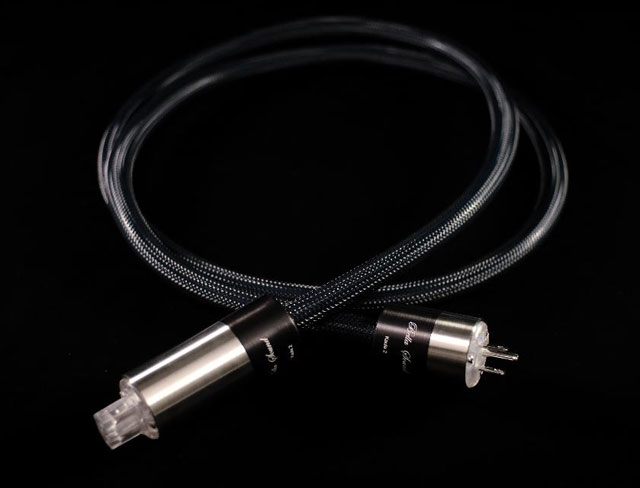




Dynamique Audio Tempest Cables (various prices – reviewed here):
As I wrote in my review, these new Dynamique Audio Tempest 2 cables are indeed something else. The Tekton Double Impacts loved ‘em – their super-fast response and added clarity brought out high frequencies in a way my other cables haven’t. Dynamique’s minimalist materials approach uses only what’s essential for musicality, and their implementation of metals brought life to the highs and speed to transients. The Dynamique Audio Cables Tempest 2’s come highly recommended for their performance and price. (Clement Perry & Greg Voth)
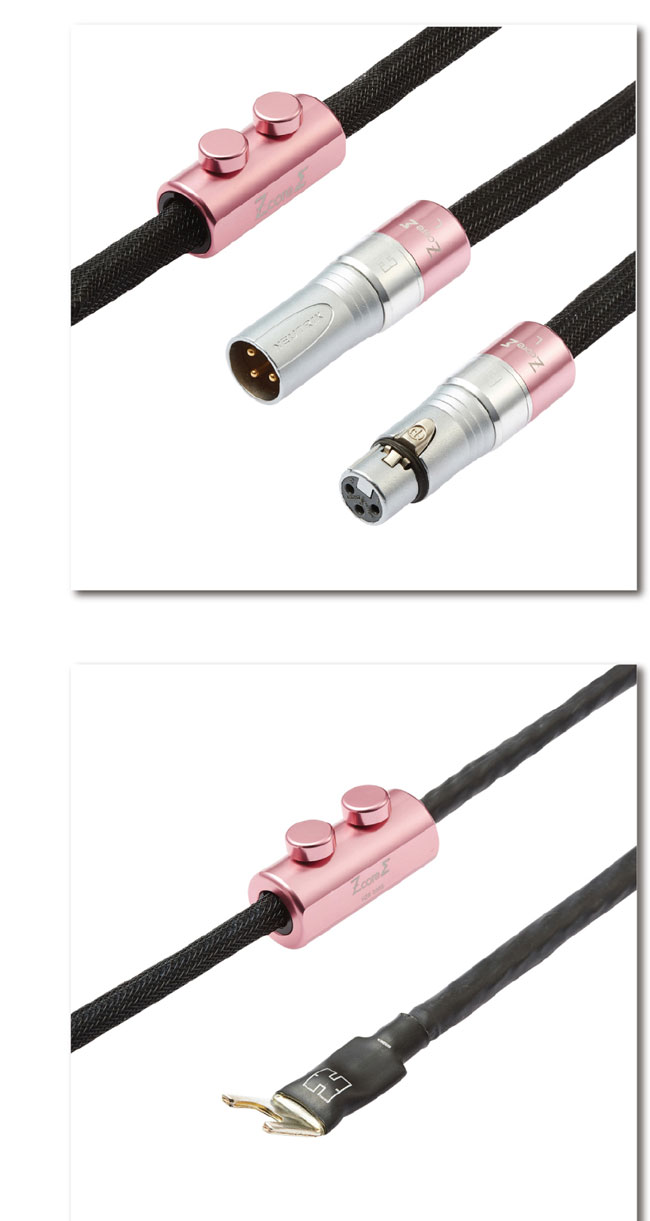
 Hemingway Audio Z-Core Sigma Series Cables (Speaker Cable $28,000.00/3 meter pair; XLR Interconnects $14,000.00/1.5 meter pair; AC Cord $9,500.00/2 meter): Once again, Mr. Doyoung Chung is a magician. I don’t know how he does it. These cables took my breath away. Incredibly the Sigma Series has taken my system to a level I never thought possible. (Key Kim)
Hemingway Audio Z-Core Sigma Series Cables (Speaker Cable $28,000.00/3 meter pair; XLR Interconnects $14,000.00/1.5 meter pair; AC Cord $9,500.00/2 meter): Once again, Mr. Doyoung Chung is a magician. I don’t know how he does it. These cables took my breath away. Incredibly the Sigma Series has taken my system to a level I never thought possible. (Key Kim)
Hemingway ZCore Sigma Speaker Cables ($28,000): I have lived with the Hemingway Creation speaker cables for over five years. At the time, I was convinced they would be the last audio speaker cable I would need. They were just that good, and I could not imagine anything better. Since I’ve been an audiophile for over 40+ years, I should know better than to feel that way. Along comes the new Hemingway ZCore Series. The new Hemingway Series speaker cables are broken into these categories: Alpha, Beta, Sigma, and the top-of-the-line Omega. I originally auditioned the $14,000 Beta series first, and YES, they’re much improved over the original Creation series. My curiosity got the best of me, so I requested a demo set of the $28,000 Sigma. The Sigma’s are in a league of their own. The transmission of signals was without any traceability; the signal travels as if transmitted in thin air. The signal travels freely, without any constriction nor resistance. These cables are incredibly neutral and allow you to hear exactly what your system provides. In other words, they get out of the way and enable you to listen to what’s downstream. Yes, the Hemingway cables are quite expensive, however sometimes in the audio world, you get the sound you pay for. (Moreno Mitchell)

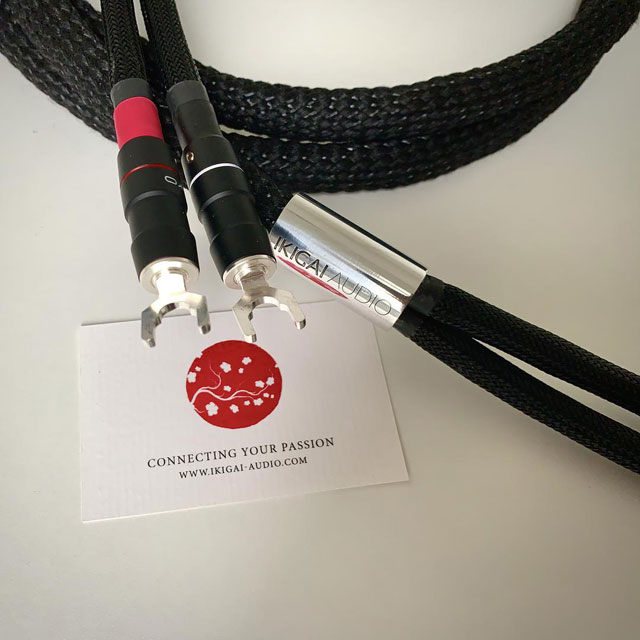
Ikigai Kangai Cables ($7,800 and $3,500 reviewed here): Ikigai Kangai Series level 4 speaker cable and power cables offered a seductive, nuanced, solid, and dynamic delivery that had me entranced from that first plug-in and play. When paired with the Struss integrated that visited our place for a while, the combination sounded absolutely superb. It’s easy for me to rank the Kangai Series as some of the best cables I’ve heard to date. (Greg Voth)

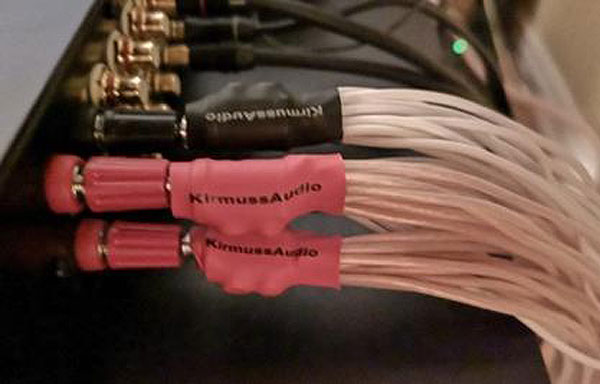
 Kirmuss Audio Adrenaline Speaker Cable ($610): The Adrenaline speaker cable completely outperformed my reference speaker cables in both my systems. I have also talked to four other listeners who put them into their systems and were shocked at how they brought their systems’ performance to a much higher level. We all had speaker cables that cost anywhere from $2K to $7K more than the Kirmuss Audio’s Adrenaline. The Adrenaline comes in a standard 12 ft length and comprises 99.9% OFC (copper), and contains 72 strands of individually insulated copper wires. Each cable weighs around 3 pounds and uses very high-grade connectors. The Adrenaline speaker cables offer absolute transparency. Micro-details just pop out to be heard. The transient speed that delivers the “kick” and PRaT in the music and open, airy top-end creates a realistic sense of space where the recording was done. All of this is rendered in a natural relaxing manner, not analytically with no edge at all. How Kirmuss Audio builds such high-end cables in build quality/materials and performance and sells them for $610 is a mystery to me, but I’m glad they do. Upcoming review. (Terry London)
Kirmuss Audio Adrenaline Speaker Cable ($610): The Adrenaline speaker cable completely outperformed my reference speaker cables in both my systems. I have also talked to four other listeners who put them into their systems and were shocked at how they brought their systems’ performance to a much higher level. We all had speaker cables that cost anywhere from $2K to $7K more than the Kirmuss Audio’s Adrenaline. The Adrenaline comes in a standard 12 ft length and comprises 99.9% OFC (copper), and contains 72 strands of individually insulated copper wires. Each cable weighs around 3 pounds and uses very high-grade connectors. The Adrenaline speaker cables offer absolute transparency. Micro-details just pop out to be heard. The transient speed that delivers the “kick” and PRaT in the music and open, airy top-end creates a realistic sense of space where the recording was done. All of this is rendered in a natural relaxing manner, not analytically with no edge at all. How Kirmuss Audio builds such high-end cables in build quality/materials and performance and sells them for $610 is a mystery to me, but I’m glad they do. Upcoming review. (Terry London)

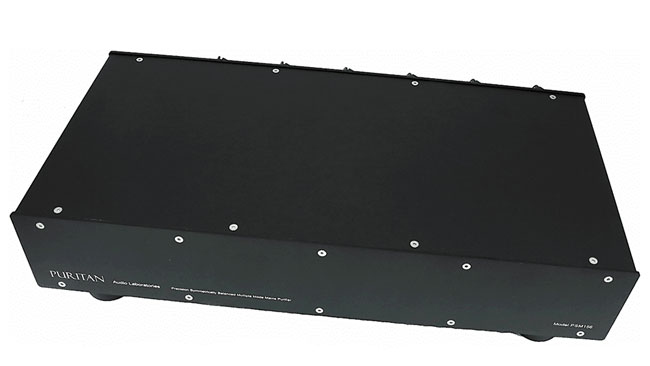
 Puritan Audio Laboratories PSM1512 Power Conditioners (PSM1512 – $4,600): During this unusual COVID-19 year, I installed a Puritan Audio Laboratories PSM1512 twelve outlet power conditioner for my preamplifier and all of my many musical sources. Also, since my monoblock amplifiers are located a floor below my listening room, I installed an additional six-outlet Puritan PSM156 power conditioner for them. After the suggested 100 hours of burn-in, the results were superb! My sound now has a super-low noise floor with an inky, black, silent background, and delicate harmonics. Also, an increased soundstage appeared with a natural holographic effect. I also enjoyed more articulate bass without the least constriction of dynamic range throughout all frequencies. Puritan Audio Laboratories’ Mike Lester, owner and designer, and a lovely guy, has made an exceptional sounding, reasonably priced product. That is why I have chosen the Puritan Audio Laboratories PSM1512 and PSM156 power conditioners as my choices for the 2020 Most Wanted Component. (Dan Secula and Clement Perry)
Puritan Audio Laboratories PSM1512 Power Conditioners (PSM1512 – $4,600): During this unusual COVID-19 year, I installed a Puritan Audio Laboratories PSM1512 twelve outlet power conditioner for my preamplifier and all of my many musical sources. Also, since my monoblock amplifiers are located a floor below my listening room, I installed an additional six-outlet Puritan PSM156 power conditioner for them. After the suggested 100 hours of burn-in, the results were superb! My sound now has a super-low noise floor with an inky, black, silent background, and delicate harmonics. Also, an increased soundstage appeared with a natural holographic effect. I also enjoyed more articulate bass without the least constriction of dynamic range throughout all frequencies. Puritan Audio Laboratories’ Mike Lester, owner and designer, and a lovely guy, has made an exceptional sounding, reasonably priced product. That is why I have chosen the Puritan Audio Laboratories PSM1512 and PSM156 power conditioners as my choices for the 2020 Most Wanted Component. (Dan Secula and Clement Perry)  Puritan Audio Laboratories PSM156 Power Conditioners (PSM156 – $2,300) As power conditioners go, this particular unit and its accompanying upgraded power cord, easily falls into that classic designation known as “Giant-Killer.” Definitely a surprise to me and based on my own personal experience, trying to relate the superb overall performance of this unit to the very surprising retail cost of $995.00 is almost unimaginable. Importantly, also from my experience, this is a product that you definitely want to provide adequate burn-in time before expecting it to reach peak performance and making any sort of judgment. In my case, the sound progressed quickly after about three days of continuous burn-in, then leveled off and then after another three days of continuous burn-in, the sound of my system literally became transformed. Most impressive was the level of improvement all across the frequency spectrum. The Bass was more dynamic, tighter with increased articulation. Midrange opened up with outstanding clarity and texture and the higher frequencies were smooth, airy, and extended effortlessly. Bottom line, the Puritan power conditioner and its companion power cable enhanced the sound of my system literally surprised and shocked me. In terms of “bang for the buck” or “price-to-performance” consideration, I still marvel at the level of improvement it provides. Definitely a Most Wanted Product of the Year. (Bill Wells)
Puritan Audio Laboratories PSM156 Power Conditioners (PSM156 – $2,300) As power conditioners go, this particular unit and its accompanying upgraded power cord, easily falls into that classic designation known as “Giant-Killer.” Definitely a surprise to me and based on my own personal experience, trying to relate the superb overall performance of this unit to the very surprising retail cost of $995.00 is almost unimaginable. Importantly, also from my experience, this is a product that you definitely want to provide adequate burn-in time before expecting it to reach peak performance and making any sort of judgment. In my case, the sound progressed quickly after about three days of continuous burn-in, then leveled off and then after another three days of continuous burn-in, the sound of my system literally became transformed. Most impressive was the level of improvement all across the frequency spectrum. The Bass was more dynamic, tighter with increased articulation. Midrange opened up with outstanding clarity and texture and the higher frequencies were smooth, airy, and extended effortlessly. Bottom line, the Puritan power conditioner and its companion power cable enhanced the sound of my system literally surprised and shocked me. In terms of “bang for the buck” or “price-to-performance” consideration, I still marvel at the level of improvement it provides. Definitely a Most Wanted Product of the Year. (Bill Wells)
Puritan Audio Laboratories PSM156 Power Conditioners (PSM156 – $2,300): Maybe the best thing I played with last year was the Puritan Audio Labs 156 power conditioner. And, as you may have noticed, a lot of people in the Stereo Times family seem to agree with that sentiment. Take a deep dive and read David Abramson’s fabulous review. Still, I’ll offer what the Puritan 156 highlights for me were: it provided/allowed a more relaxed and detailed presentation along with more tonally fleshed out images. And those images appeared more focused and dimensional upon a bigger and more dimensionally focused soundstage! These are traits I always value, and the Puritan significantly accentuated them. Just for a little icing on the cake was when I received the Puritan-upgraded AC power cord ($995.00), which in my opinion, took its overall performance further. All in all, the most worthwhile addition to my system in 2020! (Ed Van Winkle)

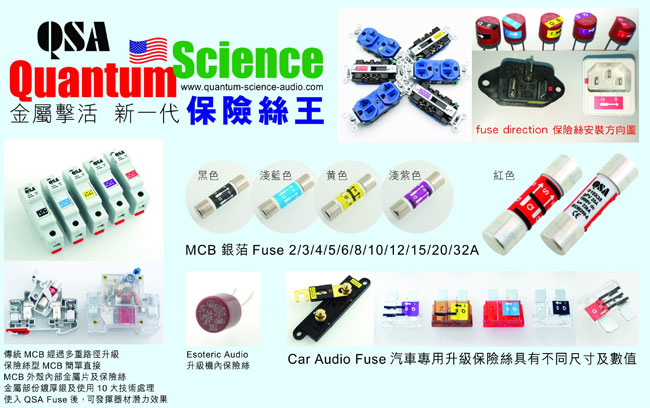

 The QSA fuses arrived last August, and still today, I remain baffled. The QSA doesn’t sound like a significantly impressive-sounding fuse as much as it sounds like a hidden technology housed inside of a significantly impressive-sounding fuse. The QSA Red/Black fuses somehow freed up what I can only describe as bottlenecking occurring inside the amplifier and directly at the fuse-holder. Since social distancing is in order, I haven’t had the luxury of inviting friends over. Instead, I got some other ST contributors whose ears I trust (and use Behold as their reference) to give these fuses a try (their comments are below). Only recently, Yick Man also sent me his new $1500 Red/Black top-level AC receptacles (photo right), and, of course, this time around, got no argument out of any of us! Dan Secula, Ron Cook and I, installed them and found their performance, i.e., bloom, extreme ease, transparency, and purity of signal, similar to the Red/Black fuses and thus, very rewarding (especially after 36-hours of burn-in). Yes, the QSA products are insanely expensive, as are a lot of things in our hobby. But make no mistake, the QSA Red/Black fuses are also about the most impressive after-market tweak to have graced my listening space. Yick Man was right; his fuses do sound as good as any $10,000 AC cords I’ve owned. (Review in the works Clement Perry)
The QSA fuses arrived last August, and still today, I remain baffled. The QSA doesn’t sound like a significantly impressive-sounding fuse as much as it sounds like a hidden technology housed inside of a significantly impressive-sounding fuse. The QSA Red/Black fuses somehow freed up what I can only describe as bottlenecking occurring inside the amplifier and directly at the fuse-holder. Since social distancing is in order, I haven’t had the luxury of inviting friends over. Instead, I got some other ST contributors whose ears I trust (and use Behold as their reference) to give these fuses a try (their comments are below). Only recently, Yick Man also sent me his new $1500 Red/Black top-level AC receptacles (photo right), and, of course, this time around, got no argument out of any of us! Dan Secula, Ron Cook and I, installed them and found their performance, i.e., bloom, extreme ease, transparency, and purity of signal, similar to the Red/Black fuses and thus, very rewarding (especially after 36-hours of burn-in). Yes, the QSA products are insanely expensive, as are a lot of things in our hobby. But make no mistake, the QSA Red/Black fuses are also about the most impressive after-market tweak to have graced my listening space. Yick Man was right; his fuses do sound as good as any $10,000 AC cords I’ve owned. (Review in the works Clement Perry)
Quantum Science Audio Ultra High-End Fuse ($2,844 ea): My first reaction to hearing about the benefits of changing to these fuses was incredulity, to say the least. Then, when learning the price, I actually laughed out loud and said ”no way, I don’t give a s**t what they do.” I now have to admit that I have to eat those words. The sonic improvements these fuses make are simply astonishing and that is an understatement. In my system (Behold BPA768 amp & pre-amp), there were immediate and DRAMATIC improvements in every aspect of sound that you can think of, (bass, midrange purity, sweet highs, immense soundstage, etc.) with the result that everything becomes more like the real thing and listening pleasure is increased to a level that continues to amaze. Are they worth the money? Let’s just say I, and others, have spent far more for an improvement in sound that falls far short of what these things do. (Ron Cook)
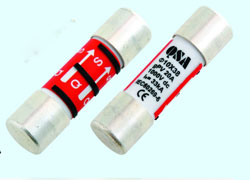

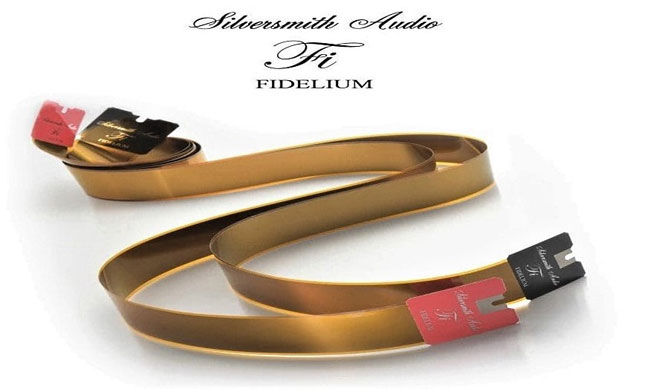
 Silversmith Audio Fidelium Speaker Cable ($995.00 for 6ft, $1,195.00 for 8ft): “Unbelievable,” was my first thought when I spoke to Jeff Smith of Silversmith Audio about his new Fidelium speaker cable. Silversmith has built some of the best sounding cables around for a long time, and frankly, they’ve been very pricey too. In terms of cost, their “Silver” line was not bad, but the “Palladium,” which still is an excellent cable, was crazy priced. So, when Jeff told me that the Fidelium would outperform the Palladium AND for a fraction of the cost, I was more than curious. I knew this could be a new level of exaggeration. But after a couple more discussions with Jeff, I decided to give them a try and was immediately blown away. Though the bass appeared a little light at first, there was a very noticeable increase in speed, resolution, detail, dynamics, and midrange presence. A week or so after the cable broke-in, the bass performance improved and performed and the other aspects of the cable. Suffice to say, I hardly ever think of trying anything else in my system. Making a judgment on this speaker cable based on cost would be a mistake. I have listened to the Fidelium speaker cable on speakers costing $2,000 to $20,000, and its performance has been consistently excellent. Review pending. (Mike Wright)
Silversmith Audio Fidelium Speaker Cable ($995.00 for 6ft, $1,195.00 for 8ft): “Unbelievable,” was my first thought when I spoke to Jeff Smith of Silversmith Audio about his new Fidelium speaker cable. Silversmith has built some of the best sounding cables around for a long time, and frankly, they’ve been very pricey too. In terms of cost, their “Silver” line was not bad, but the “Palladium,” which still is an excellent cable, was crazy priced. So, when Jeff told me that the Fidelium would outperform the Palladium AND for a fraction of the cost, I was more than curious. I knew this could be a new level of exaggeration. But after a couple more discussions with Jeff, I decided to give them a try and was immediately blown away. Though the bass appeared a little light at first, there was a very noticeable increase in speed, resolution, detail, dynamics, and midrange presence. A week or so after the cable broke-in, the bass performance improved and performed and the other aspects of the cable. Suffice to say, I hardly ever think of trying anything else in my system. Making a judgment on this speaker cable based on cost would be a mistake. I have listened to the Fidelium speaker cable on speakers costing $2,000 to $20,000, and its performance has been consistently excellent. Review pending. (Mike Wright)


Sunshine Speaker cable: Model No: SSP-reference1.0 2 meter pair ($100 USD) Sunshine Interconnects: Model-SAC-reference 1 meter pair ($190 USD) Sunshine Power cable: Model: SAC reference 1.8 meters ($160 USD): These budget-minded cables are all relative in build, constructed of the highest grade copper wire, they are scientifically developed “oxygen resistant”. They produced sound quality that rivaled cables 8 times the price. They are super flexible and easy to connect in tight quarters. I think Sunshine cables are probably the best cable component for the money in 2020. A sound investment that’s hard to beat!

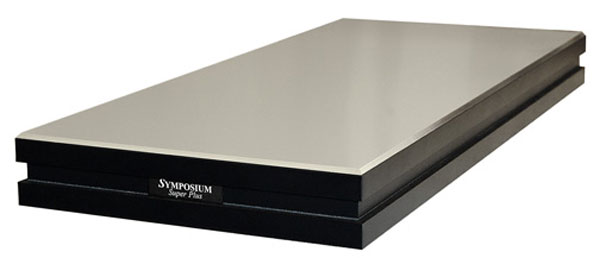
Symposium Acoustics Super Plus Speaker Platforms ($1,398.00/pair): After adding the superb Tekton Design Double Impact SE loudspeakers to my system earlier in 2020, my wife made it clear that there would be no “spiking” them to the new hardwood flooring we had just put down. So, I found myself exploring the internet, trying to find an alternative to using “divorce inducing” spikes. Luckily my big brother and fellow StereoTimer, Mike Wright, told me about the success he’d experienced with platforms from Symposium Acoustics. After discussing with Symposium’s charming and knowledgeable founder, Peter Bizlewicz, I ordered a pair for my Tektons. The effectiveness of the platforms is due to the use of “symmetrical constrained layer dampening.” I won’t pretend to act as though I know how that works, but obviously, it has to do with keeping vibrations from negatively impacting the speakers’ performance. The result is sound that is tighter and more precise from top to bottom. I particularly enjoy the fact that these platforms allow you to reduce your speakers’ volume for late-night listening without sacrificing any musical enjoyment. (Dave Thomas)


Synergistic Research PowerCell SX and Galilieo SX Power Cord ($10,495 reviewed here): Many design enhancements to reduce signal compression and lower the noise floor were implemented in this iteration of the PowerCell. The PowerCell SX infused sheer physicality and visual solidity of the production that always kept my attention from the start of each cut … you are in the recording space. The sound was spectacular, the space produced was immersive, the percussion was thundering, and instruments were densely textured and liquid all at the same time. The SR PowerCell SX and Galileo SX power cord are engineering breakthroughs that are well made, deliver on their promised performance, and have taken my system to a level I never thought possible. Ted Denney pulled out all of the stops on this iteration of the PowerCell. Although the price of admission is high, the increase in overall system performance, in relative terms, justifies the cost. (Mike Girardi)

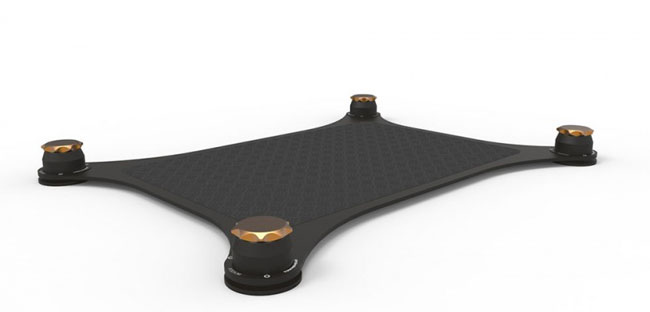
Townshend Isolation Seismic Podium ($1400-$3900 Pending on Speaker size and weight): The Townshend Isolation Seismic Podiums for speakers are a must-have. If you want to optimize your loudspeakers, this is without a doubt the way to go. Most audiophiles are accustomed to using spikes under their speakers, and that is fine. However, the Townshend Isolation Seismic Podiums introduce a different technology and concept than what points and spikes are generally known to do. By using the Townshend Podiums, speakers are floated instead of being connected to the floor. By floating on a podium, speakers are disconnected from room/floor interactions that seriously degrade sound quality. What I experienced when I placed my YG Acoustic Hailey 2.2 speakers on the Townshend Isolation Seismic Podiums was immediate improvements to the overall sound. This was caused by preventing speaker generated vibration from entering the floor and sound from entering the loudspeakers. The sound was noticeably clearer; the bass boom was eliminated, the soundstage became wider and significantly deeper. For the serious listener, the Townshend Isolation Seismic Podiums are a must-have. (Moreno Mitchell)

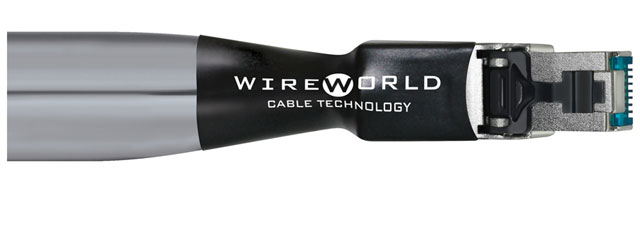
Wireworld Platinum Starlight 8 Twinax Ethernet cables ($850 for 1m reviewed here): The Wireworld Platinum Starlight Cat8 Ethernet had all of the strengths of my previous reference but was less colored, more detailed, and projected musical images deeper and broader into my listening room. One of the most significant aspects of the Platinum Starlight 8 Twinax Ethernet that resonated with me was the silence between notes that inspired further investigation. This Wireworld Platinum Starlight 8 Twinax Ethernet has been a revelation in my system. It just gets out of the way of the music while not imparting any flavors. The Wireworld Platinum Starlight 8 Twinax Ethernet is state-of-the-art in terms of digital packet signal transmission and delivers a high performance-to-price comparison. (Mike Girardi)
Stereo Times Masthead
Publisher/Founder
Clement Perry
Editor
Dave Thomas
Senior Editors
Frank Alles, Mike Girardi, Key Kim, Russell Lichter, Terry London, Moreno Mitchell, Paul Szabady, Bill Wells, Mike Wright, Stephen Yan, and Rob Dockery
Current Contributors
David Abramson, Tim Barrall, Dave Allison, Ron Cook, Lewis Dardick, Dan Secula, Don Shaulis, Greg Simmons, Eric Teh, Greg Voth, Richard Willie, Ed Van Winkle, and Rob Dockery
Music Reviewers:
Carlos Sanchez, John Jonczyk, John Sprung and Russell Lichter
Site Management Clement Perry
Ad Designer: Martin Perry





Be the first to comment on: Most Wanted 2020 page 5